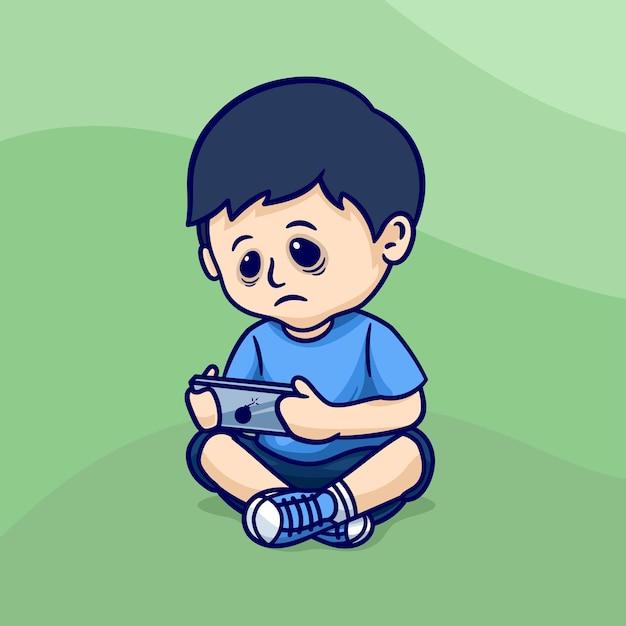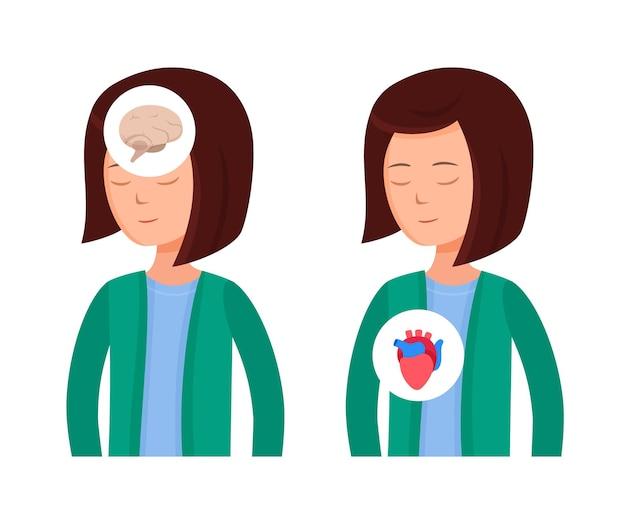In today’s technology-driven world, gadgets such as smartphones, tablets, and laptops have become an integral part of our daily lives. While these devices provide us with endless opportunities for learning and communication, they also come with their own set of drawbacks, especially for students. As information technology continues to play a significant role in education, it is crucial to understand the negative impact gadgets can have on students’ academic performance and overall well-being.
With the advent of gadgets, students are now exposed to various distractions that can hinder their ability to focus on their studies. Social media platforms, online gaming, and endless entertainment options are just a few clicks away, tempting students to procrastinate and lose valuable study time. Additionally, excessive screen time can lead to eye strain, headaches, and other physical health issues.
Moreover, the overuse of gadgets can impact family communication and social interactions. Instead of engaging in face-to-face conversations and spending quality time with loved ones, students may find themselves engrossed in their gadgets, isolating themselves from meaningful connections. This can lead to a breakdown in family relationships and hinder the development of crucial social skills.
In this blog post, we will delve deeper into the negative effects of gadgets on students’ education and explore how technology affects their behavior. We will also discuss the role of information technology in education, the benefits of ICT (information and communication technology), and propose strategies for minimizing the harmful impact of gadgets on students’ academic success. So, let’s dive in and unravel the consequences of excessive gadget usage on our students’ well-being.

What are the Negative Effects of Gadgets to Students?
Technology has become an integral part of our lives, and gadgets have become the constant companions of many students. While these gadgets offer numerous benefits, it’s important to recognize that they also come with their fair share of negative effects. Let’s dive into the dark side of excessive gadget use among students.
Impaired Sleep Patterns
Gadgets, such as smartphones and tablets, often find their way into the nightstands of students. Late-night scrolling through social media feeds or binge-watching shows can severely disrupt their sleep patterns. The blue light emitted by these gadgets suppresses the production of melatonin, the sleep hormone, leading to difficulty falling asleep. As a result, students may struggle with concentration, memory retention, and overall academic performance.
Decreased Physical Activity
In this digital age, gadgets have replaced traditional forms of entertainment for students. Instead of engaging in physical activities like riding bikes or playing sports, students spend hours glued to their screens. This sedentary lifestyle can contribute to a host of health issues, including obesity, poor posture, and weakened muscles. Moreover, a lack of physical activity can negatively impact students’ mental well-being, causing feelings of lethargy and a decline in motivation.
Reduced Social Interactions
While gadgets claim to connect individuals, excessive use can actually create a disconnect among students. In classrooms or social settings, students often find themselves engrossed in their screens, neglecting face-to-face interactions. This can hinder the development of vital social skills, such as effective communication and empathy. Additionally, excessive gadget use can lead to feelings of isolation and loneliness, as virtual interactions cannot fully replace the benefits of real-life connections.
Distraction and Reduced Productivity
Gadgets provide students with a constant source of distraction. Social media notifications, online games, and messaging apps can easily divert their attention from important tasks, leading to decreased productivity. Jumping between studying and checking notifications not only disrupts their focus but also hinders their ability to retain information. As a result, students may struggle to manage their time effectively and face difficulties in meeting academic deadlines.
Mental Health Challenges
The impact of gadgets on students extends beyond physical effects; it also takes a toll on their mental health. Excessive gadget use has been linked to increased levels of stress, anxiety, and depression among students. Social media platforms create an environment where students may feel pressured to constantly compare themselves to others, resulting in lowered self-esteem and a distorted sense of reality. Moreover, the constant exposure to online negativity and cyberbullying can further exacerbate these mental health challenges.
While gadgets undoubtedly offer immense convenience and access to information, it’s crucial to recognize and address their negative effects on students. By establishing healthy gadget usage habits, such as limiting screen time and promoting digital detox days, we can help students navigate the digital world while safeguarding their physical and mental well-being.

FAQ: Negative Effects of Gadgets on Students
What is the role of information technology in education
Information technology plays a vital role in education, revolutionizing the way students learn and teachers teach. With the advent of modern gadgets, such as laptops, tablets, and smartphones, students have instant access to a wealth of information at their fingertips. They can conduct research, access online educational resources, and collaborate with peers on projects, all of which enhance their learning experience.
Does technology affect family communication
Technology has undoubtedly impacted family communication in both positive and negative ways. On one hand, gadgets have made it easier for family members to stay connected, regardless of distance, through video calls and messaging apps. However, excessive use of technology can also lead to decreased face-to-face communication and quality time spent together as a family. It’s essential to strike a balance between utilizing technology for communication and fostering real-life interactions.
What are the negative effects of gadgets on students
While gadgets offer numerous benefits, they also have some negative effects on students. Excessive screen time can lead to decreased physical activity and sedentary behavior, which can contribute to health issues like obesity and impaired vision. Additionally, constant exposure to screens can adversely affect sleep patterns and concentration levels. Moreover, reliance on technology for learning can hinder the development of essential skills, such as critical thinking and problem-solving.
How does technology affect children’s behavior
The influence of technology on children’s behavior is a topic of concern among parents and educators alike. Excessive gadget use has been linked to behavioral issues, including reduced attention spans, increased impulsivity, and heightened aggression. Moreover, constant exposure to social media and online platforms can negatively impact self-esteem and contribute to feelings of anxiety and depression. It’s crucial to promote healthy gadget usage habits and ensure children have a well-rounded upbringing.
What are the 5 benefits of ICT
Information and Communication Technology (ICT) offers several advantages in an educational setting:
- Enhanced Learning: ICT provides students with interactive and engaging learning experiences, making complex concepts easier to grasp.
- Access to Resources: With ICT, students gain access to a vast array of digital resources, including e-books, online libraries, and educational websites.
- Collaborative Learning: ICT enables students to collaborate on projects and share ideas, fostering teamwork and enhancing communication skills.
- Personalized Learning: Technology allows students to learn at their own pace, catering to their individual needs and learning styles.
- Preparation for the Future: Exposure to ICT equips students with technological literacy, a crucial skill for success in the modern world.
How does technology affect behavior
Technology undoubtedly influences human behavior in various ways. The prevalence of gadgets in our lives has transformed the way we communicate, think, and engage with the world. From shaping our social interactions to altering our attention spans and decision-making processes, technology has become an integral part of our behavior. However, it’s important to strike a balance and use technology consciously, ensuring it enhances rather than hinders our overall well-being and personal growth.
In conclusion, while gadgets and technology offer numerous benefits in education, students must be mindful of their usage to avoid the negative effects. Balancing screen time with real-life interactions, promoting healthy gadget habits, and leveraging technology for educational enrichment will contribute to a well-rounded learning experience for students. Stay informed about the impact of technology and make conscious choices to ensure a harmonious relationship between gadgets and students’ well-being in this digital age.
